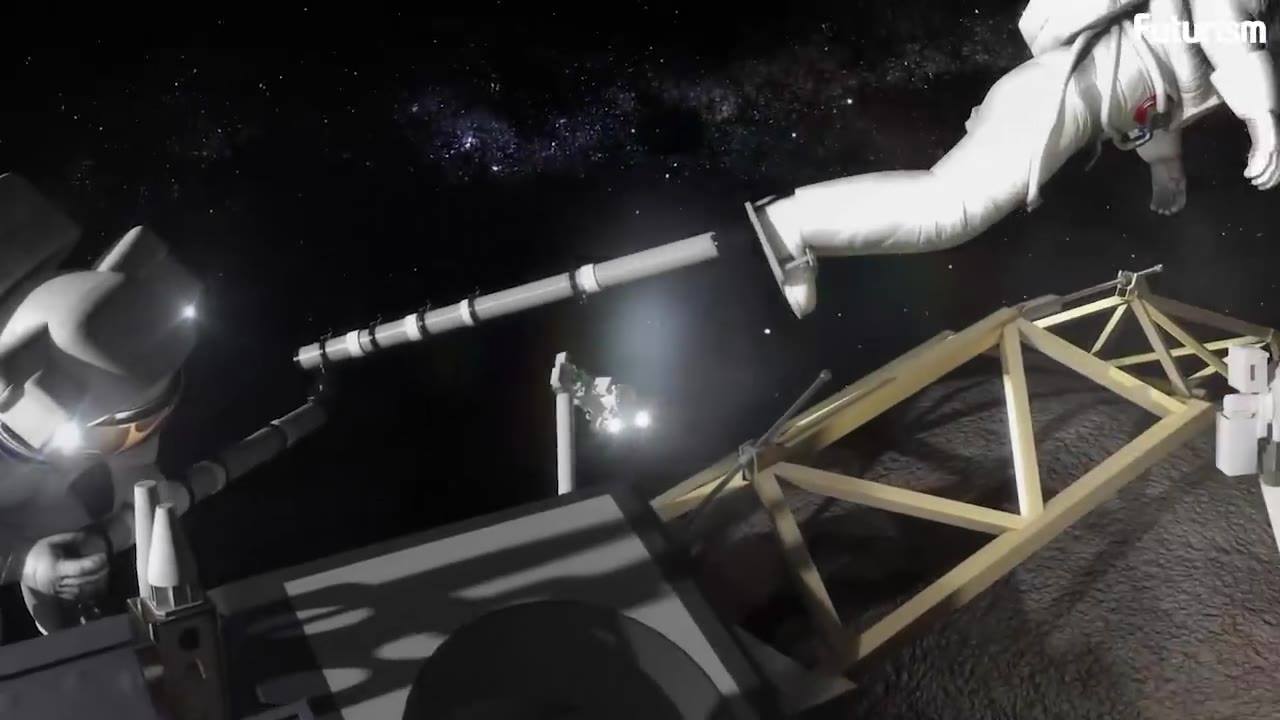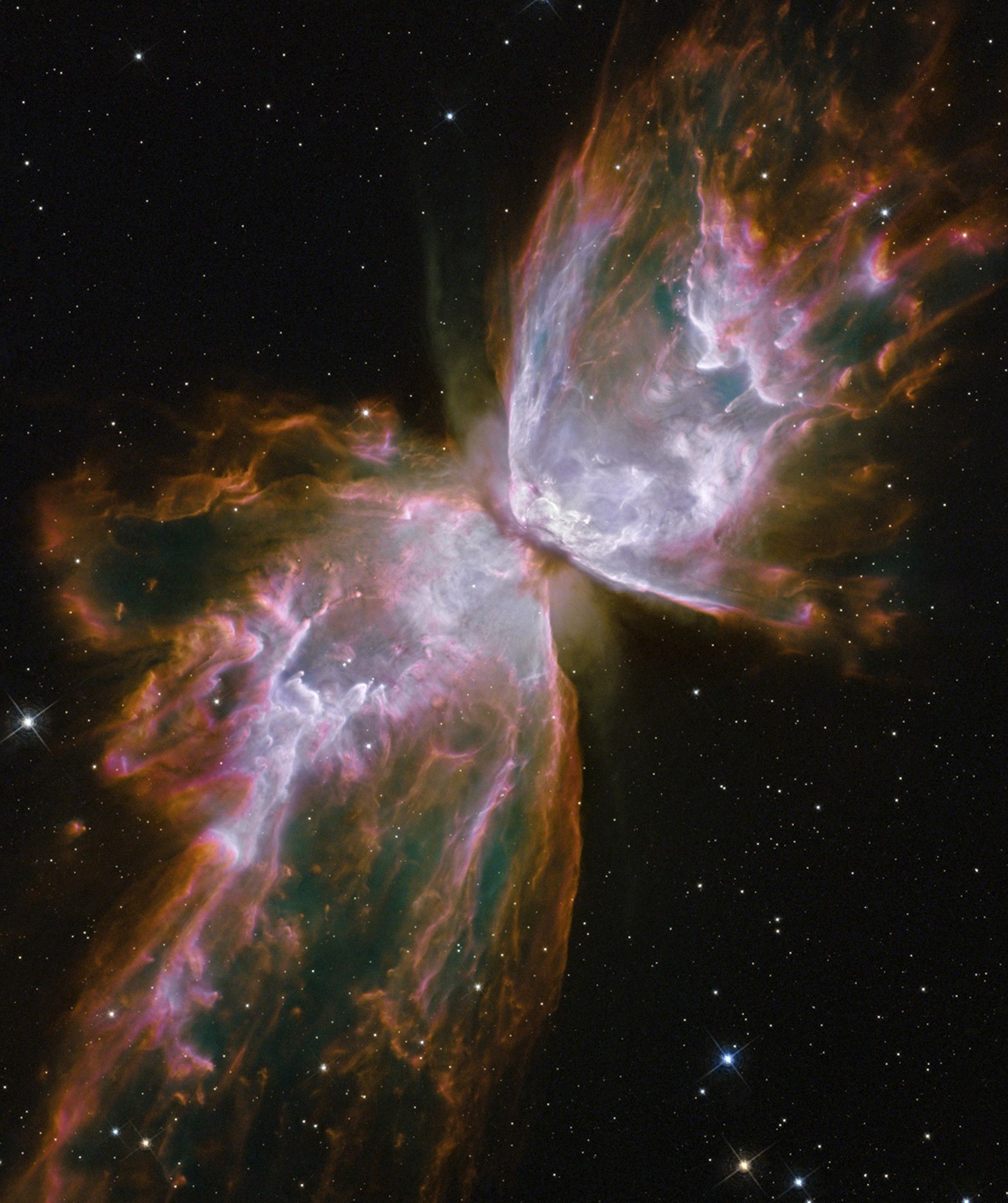Archive for the ‘space’ category: Page 915
Aug 9, 2017
Did you know NASA is planning to capture an asteroid and put it in orbit around the moon?
Posted by Brett Gallie II in category: space

Aug 9, 2017
Chinese quantum satellite sends ‘unbreakable’ code
Posted by Dan Kummer in categories: military, quantum physics, space
BEIJING (Reuters) — China has sent an “unbreakable” code from a satellite to the Earth, marking the first time space-to-ground quantum key distribution technology has been realized, state media said on Thursday.
China launched the world’s first quantum satellite last August, to help establish “hack proof” communications, a development the Pentagon has called a “notable advance”.
The official Xinhua news agency said the latest experiment was published in the journal Nature on Thursday, where reviewers called it a “milestone”.
Continue reading “Chinese quantum satellite sends ‘unbreakable’ code” »
Aug 9, 2017
The First Ever Blueprint for a Large Scale Quantum Computer has been Unveiled
Posted by Shailesh Prasad in categories: biotech/medical, computing, quantum physics, space

An international team, led by a scientist from the University of Sussex, have today unveiled the first practical blueprint for how to build a quantum computer, the most powerful computer on Earth.
This huge leap forward towards creating a universal quantum computer is published today (1 February 2017) in the influential journal Science Advances. It has long been known that such a computer would revolutionise industry, science and commerce on a similar scale as the invention of ordinary computers. But this new work features the actual industrial blueprint to construct such a large-scale machine, more powerful in solving certain problems than any computer ever constructed before.
Continue reading “The First Ever Blueprint for a Large Scale Quantum Computer has been Unveiled” »
Aug 9, 2017
String Theory’s Weirdest Ideas Finally Make Sense—Thanks to VR
Posted by Shailesh Prasad in categories: business, education, quantum physics, robotics/AI, space, virtual reality
The robot is building a tesseract. He motions at a glowing cube floating before him, and an identical cube emerges. He drags it to the left, but the two cubes stay connected, strung together by glowing lines radiating from their corners. The robot lowers its hands, and the cubes coalesce into a single shape—with 24 square faces, 16 vertices, and eight connected cubes existing in four dimensions. A tesseract.
This isn’t a video game. It’s a classroom. And the robot is Brian Greene, a physicist at Columbia University and bestselling author of several popular science books. His robot avatar teaches a semicircle of student robots, each wearing a shoulder badge of their home country’s flag. The classroom is outer space: Greene and the arc of student-robots orbit Earth. After he shows the students the tesseract, Greene directs his class to try making four, five, even six dimension objects. This is a virtual reality course on string theory; the lesson happens to be about objects with more than three dimensions.
In real life, Greene is wearing a dark blue shirt, black jeans, and boots, and his normal, non-hovering chair is sitting in a concrete-floored VR business called Step Into the Light planted firmly on Earth’s surface—Manhattan’s Lower East Side. An HTC Vive headset covers his face, and he gestures effusively—he’s a New York native—with the controllers.
Continue reading “String Theory’s Weirdest Ideas Finally Make Sense—Thanks to VR” »
Aug 8, 2017
Weird orbits suggest our solar system may harbor another hidden planet
Posted by Dan Kummer in category: space
Some of the world’s most renowned scientists are questioning whether the cosmos has an inner life similar to our own.
Aug 3, 2017
The Wizards of Armageddon set up shop in Silicon Valley
Posted by Dan Kummer in categories: biotech/medical, cybercrime/malcode, drones, government, robotics/AI, space
Ready and waiting at an arms reach from the government, the Research and Development Corporation (RAND) has helped the U.S. think through some of the toughest scientific and regulatory challenges since the 1940s. This year, the think tank is opening its first office in the San Francisco Bay Area. Its positioning itself to weigh in on some of Silicon Valleys largest research projects, like autonomous vehicles, drones, AI, cybersecurity and telemedicine.
But unlike the RAND of the past, this new version embodies the scrappiness of startup culture. Formally based out of a WeWork space, office director Nidhi Kalra and the rest of her SF team largely work decentralized from homes and coffee shops around the Bay Area.
The team of a dozen researchers is here to study the development of new technologies and the way in which state and local authorities are working side-by-side with startups to keep everyone safe without sundering innovation.
Continue reading “The Wizards of Armageddon set up shop in Silicon Valley” »
Aug 3, 2017
NASA picks Firmamentum to build a 3D printer/recycler for use in space
Posted by Klaus Baldauf in categories: 3D printing, space

Firmamentum, a division of Tethers Unlimited Inc. in Bothell. Wash… says it has won $750.000 in NASA funding to build a combination 3D printer and plastic recycler for the International Space Station.
The device, known as the Refabricator, is due to be delivered to NASA next year, said Rob Hoyt, president of TUI/Firmamentum.
Continue reading “NASA picks Firmamentum to build a 3D printer/recycler for use in space” »













